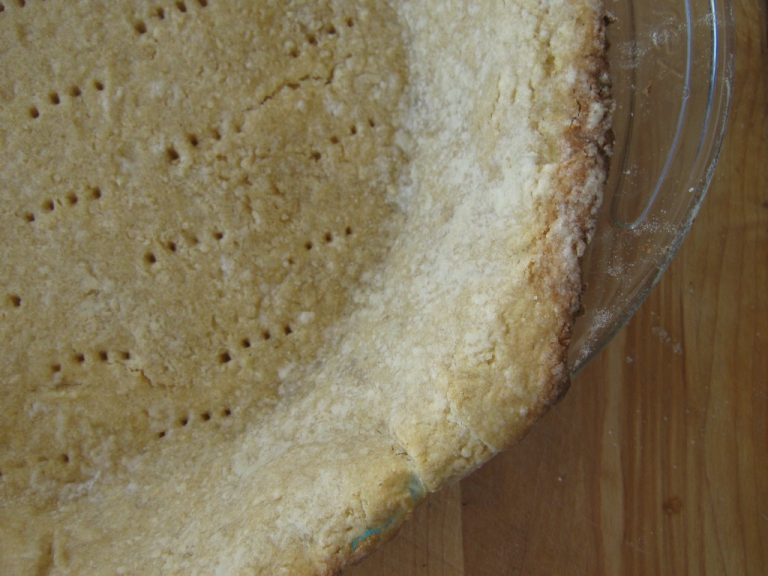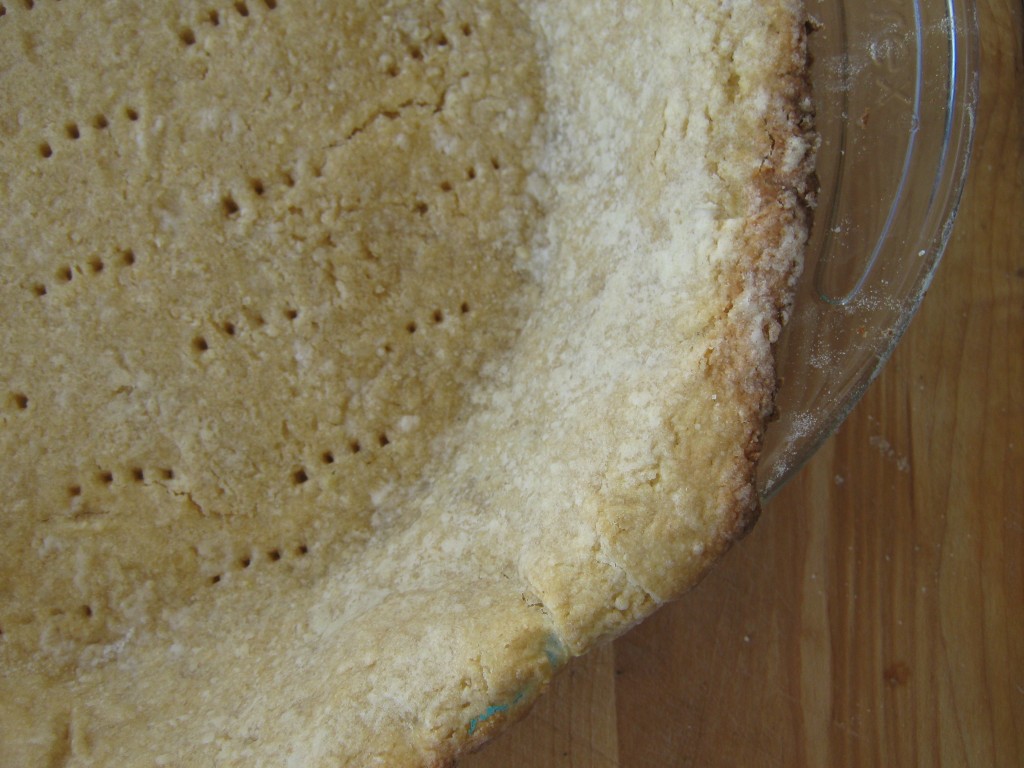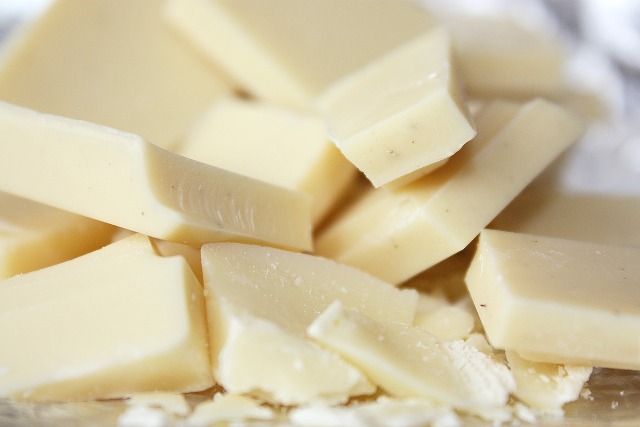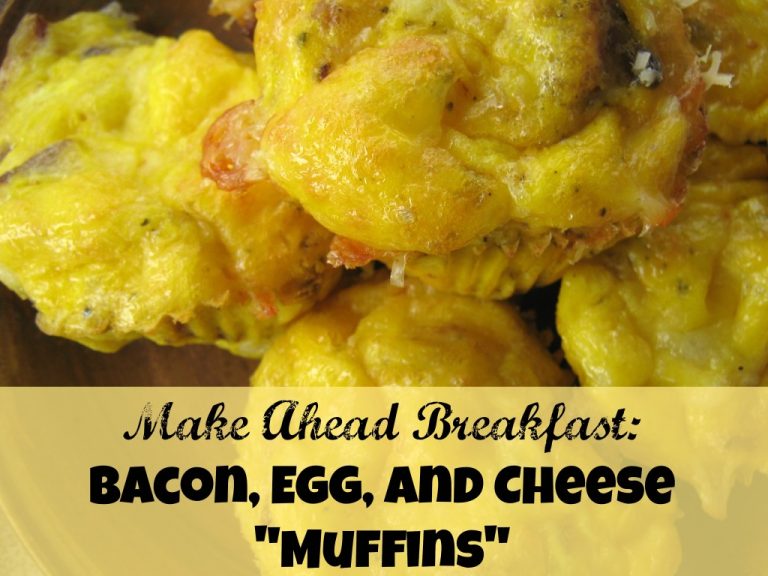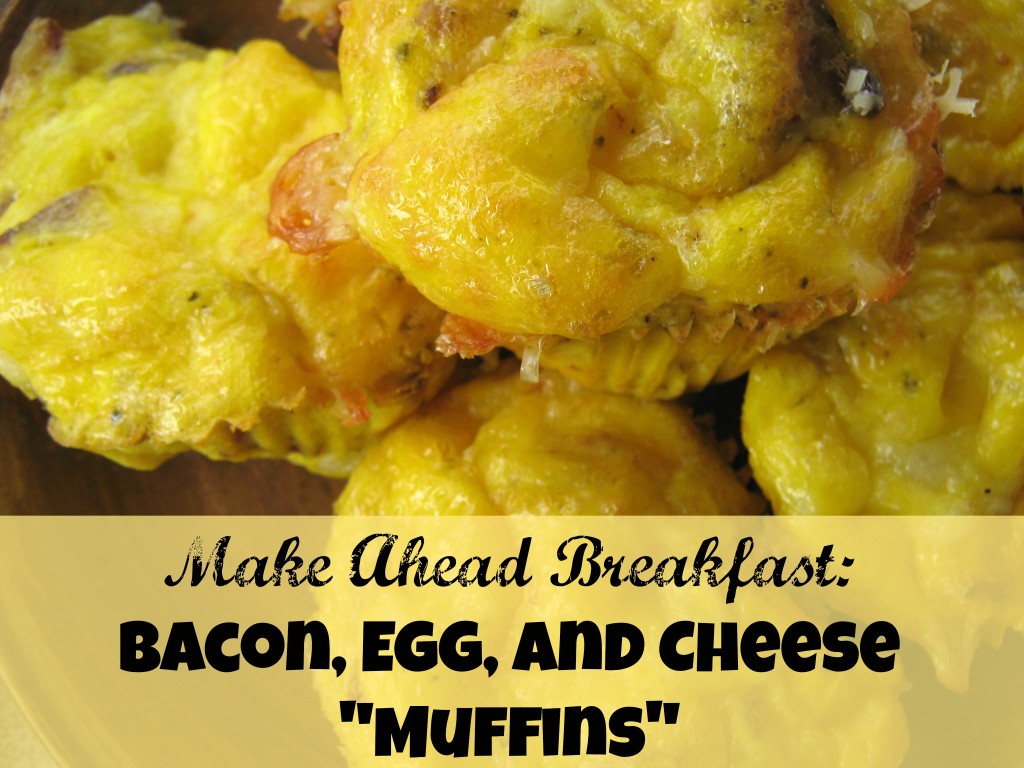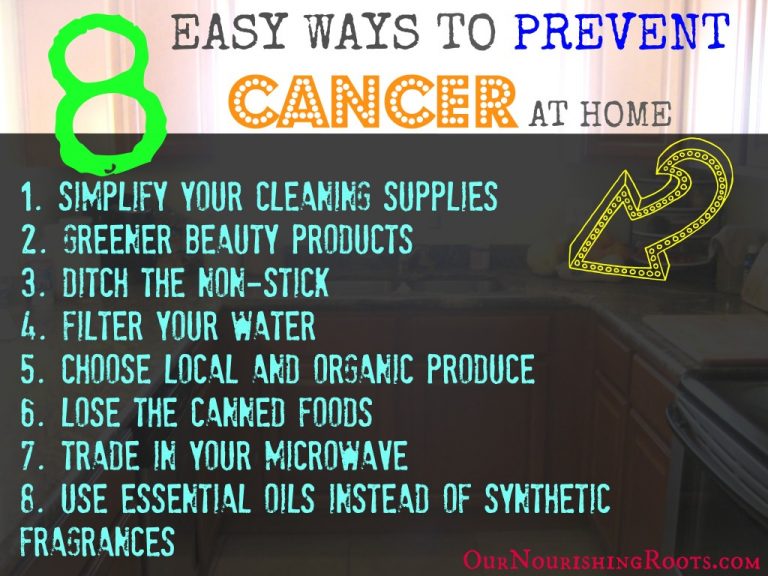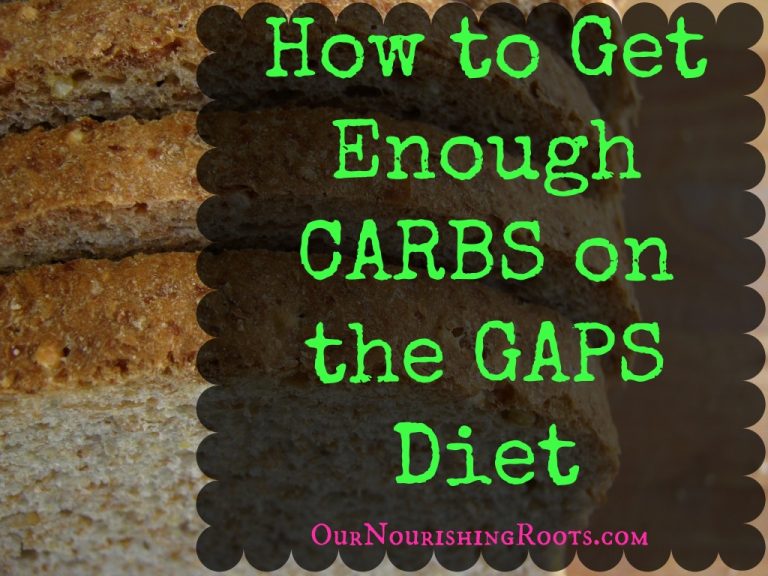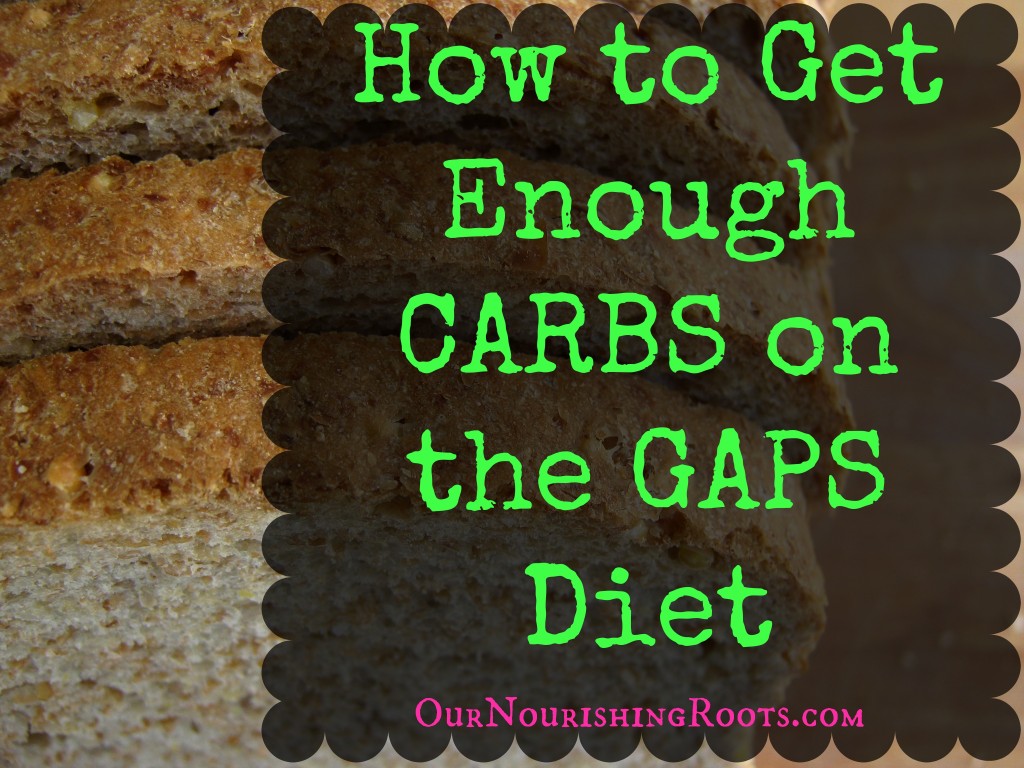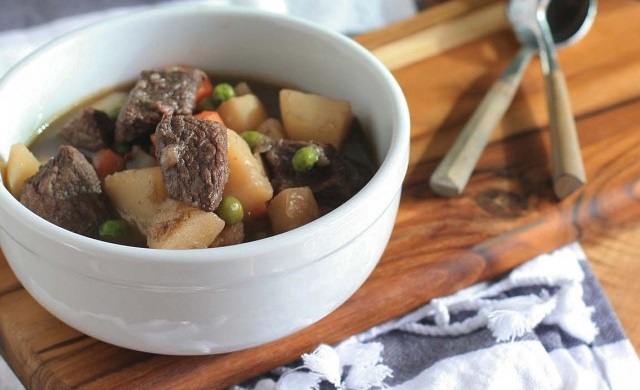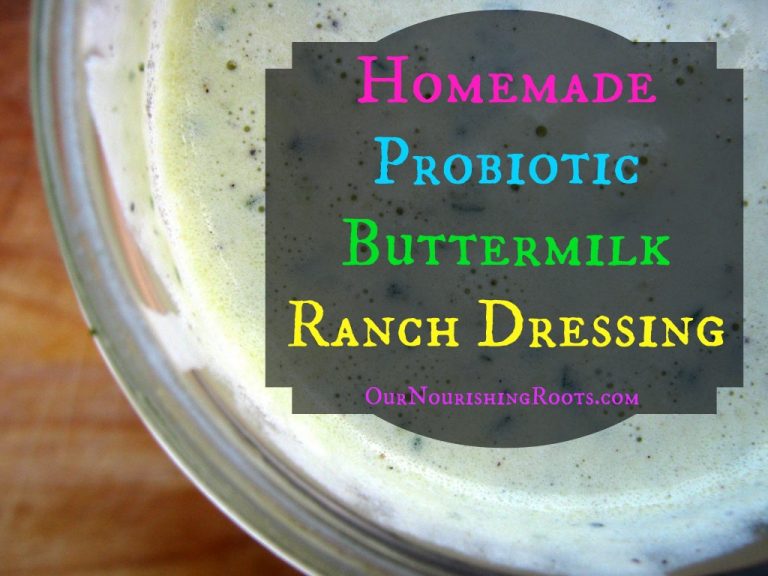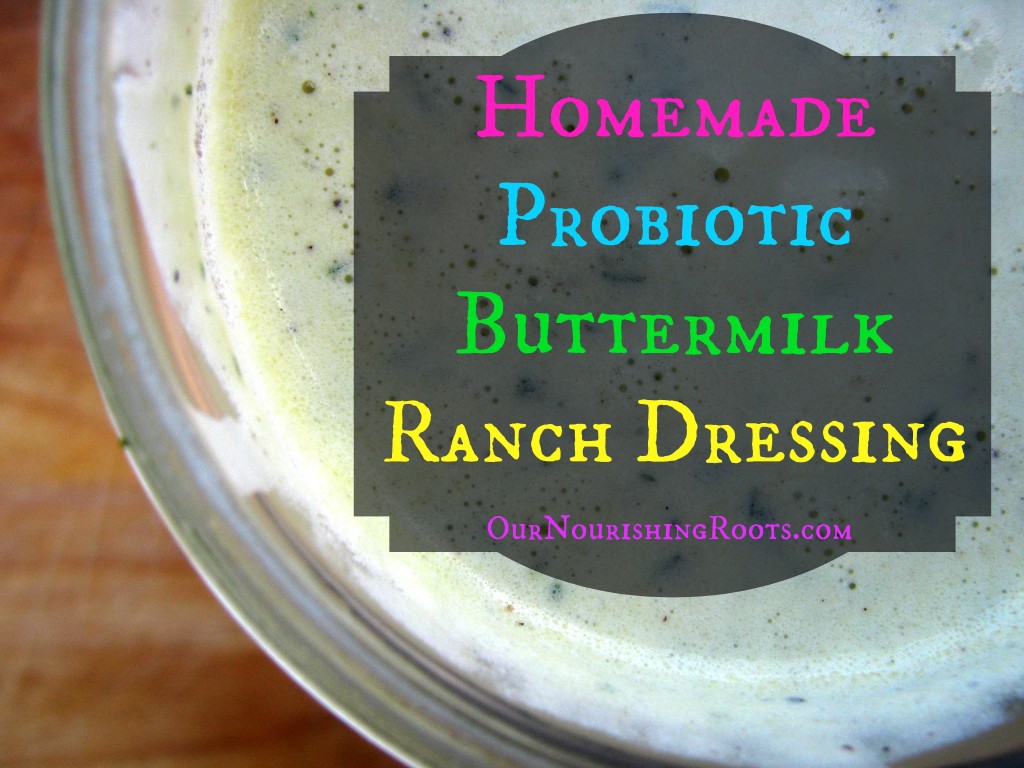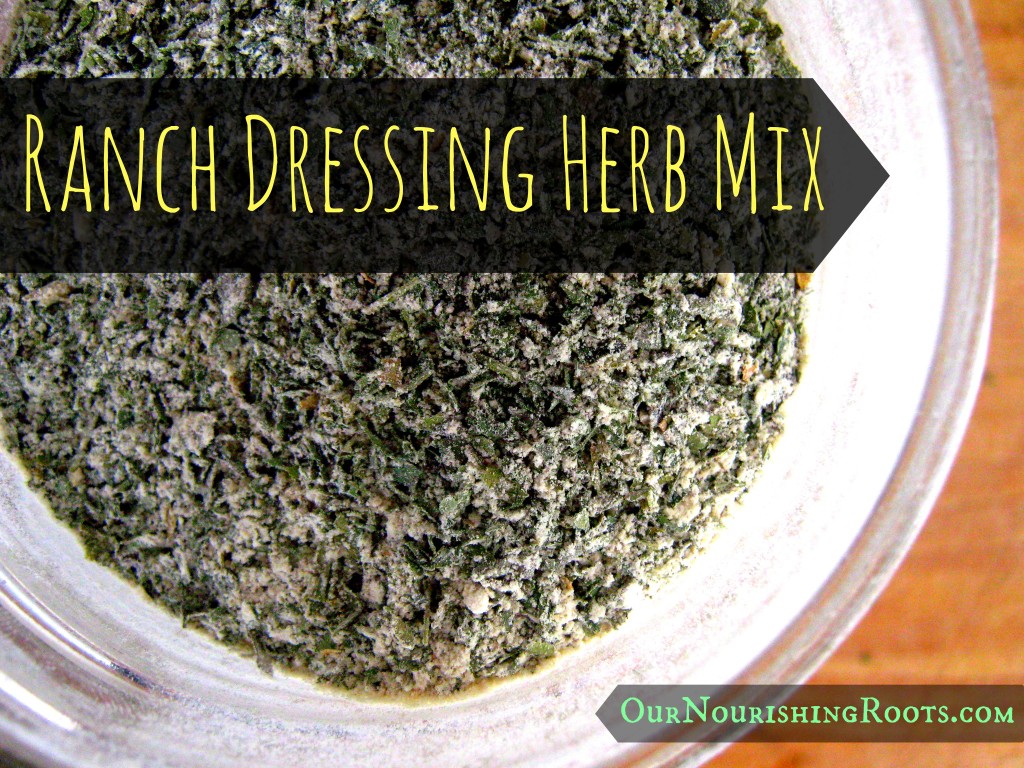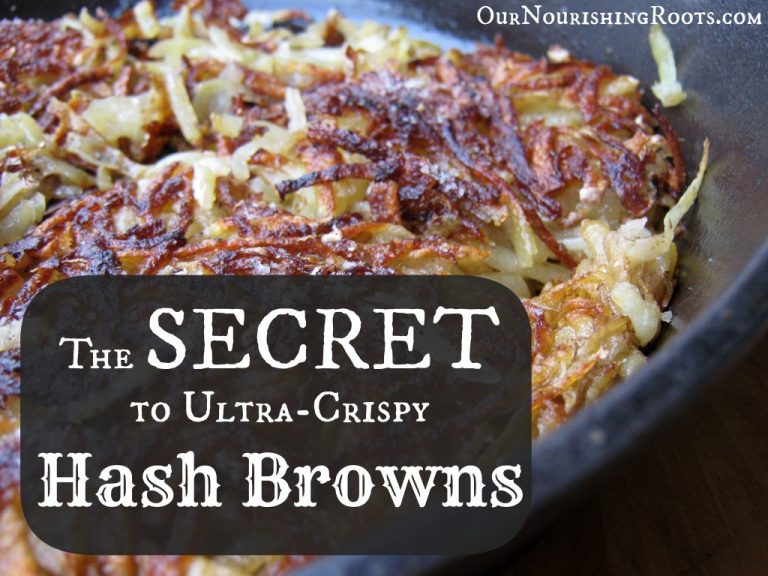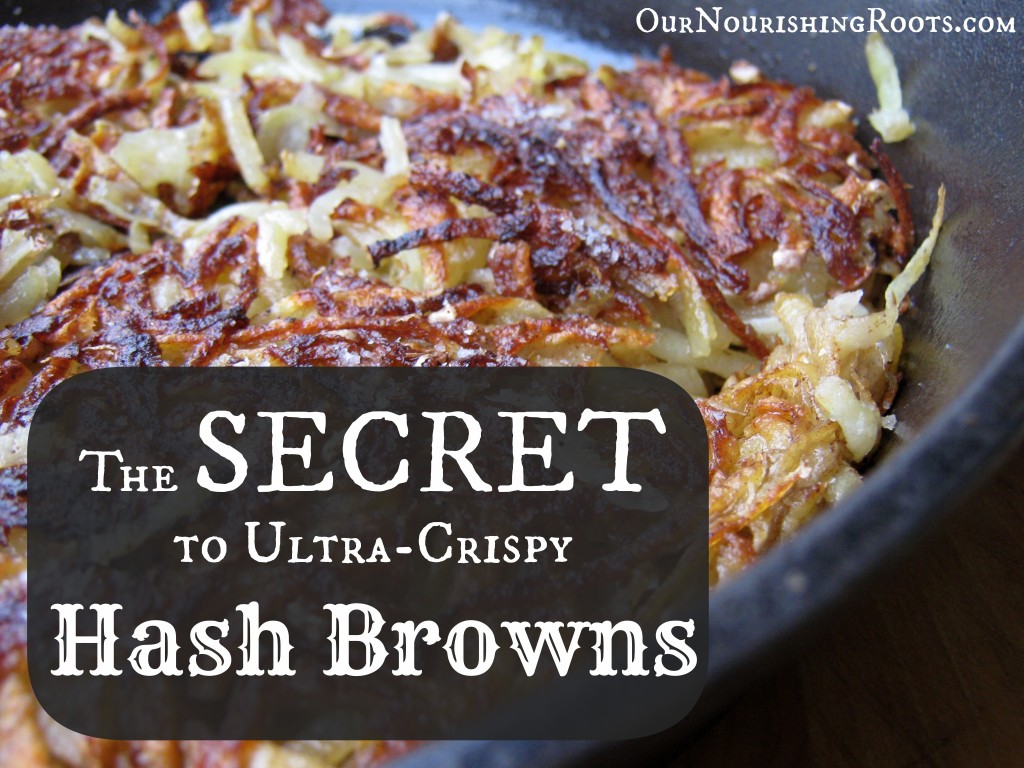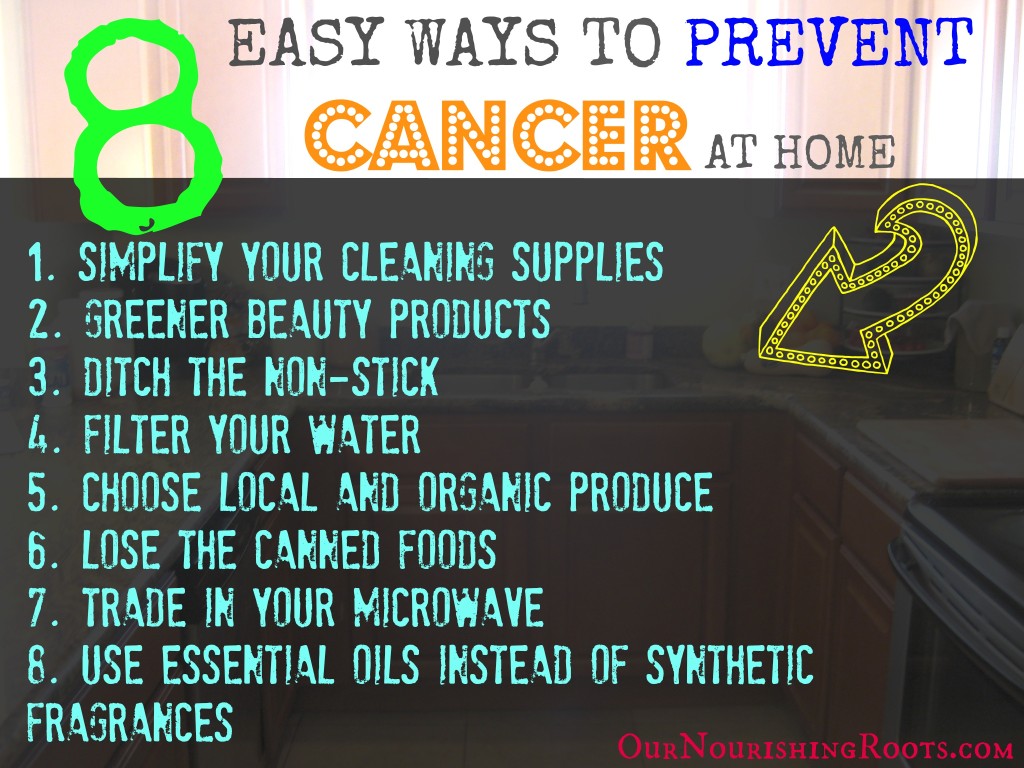
Cancer is one of the most feared diseases currently. I fear cancer as well.
I have experienced what is called social cancer. The term was introduced to me by my therapist. By being abused as a child I became a victim of that social cancer, just like many other trauma survivors. She also warned me that the probability of me becoming sick with physical cancer is higher than in trauma-free individuals. Her explanation once again reaffirmed my faith in the belief that our mental health is closely connected to physical well-being.
So I try to live my life as healthily as possible. Not only because I fear cancer (although it certainly matters to me too) but because I want to feel well. I want my body to work properly so that I have the energy to live my life the way I want to. And I know that other people, just like me, are constantly looking out for ways to prevent cancer.
That’s not always possible. Genetics plays a large part in deciding whether you will get cancer in your lifetime or not. But that doesn’t mean we should forget about cancer prevention altogether! There are methods of reducing your contact with cancer-causing substances (called carcinogens) by knowingly choosing which products to buy.
Have you heard about the EWG’s Skin Deep Database? I recommend it to everyone I know. It’s an Internet database that contains information about various products (like house cleaning supplies, cosmetics, BPAs food packaging, etc.) and the chemicals involved in their production. It will tell you whether your favorite tub of body soap puts you and your family at risk of exposing yourself to potential carcinogens.
And maybe you think to yourself that one plastic bottle of water is not going to give you cancer. I agree, it probably won’t. Not on itself, at least. But how many plastic items are we exposed to every day? Children toys, plastic toothbrushes, face creams, lunch box containers… I could go on and on. Avoiding plastic and other harmful substances completely is not possible but we can reduce their use for the sake of our health and the planet’s. Abandoning your regular toothbrush for a bamboo one and giving up disposable plastic bags in favor of lunch boxes to carry sandwiches in might seem like small steps. But I believe each small step makes a difference.
What really scares me is the cumulative effect all of these products have on my body. I read warning labels and avoid items that the Skin Deep Database labels as ‘high cancer risks.’ But I’m sure there are plenty of things missing from my equation. For example, fish and other seafood can contain plastic. That’s why I reduce my plastic use wherever I can.
8 Steps to Reducing Potential Carcinogens Around You
-
USE MORE ECOLOGICAL COSMETICS
We don’t ingest cosmetics like food but we still put them on our bodies. Our skin then absorbs the ingredients in cosmetics. But what if those ingredients can harm us?
I went through my lotions and makeup and checked each one in the Skin Deep Database. I had to ditch some of them but thankfully, most of the products I had been using were safe. Then again, I started thinking about the cumulative effect of putting on all these ‘low risk’ products at once.
I decided to simplify my routine and go natural as much as I could. Instead of buying sheet face masks from a well-known drugstore, I started making my own face mask cream with watermelon and yogurt. There are surprisingly a lot of cosmetics you can do on your own DIY-style. I even make my own deodorant and lip balm! By making them myself, I know for sure that they don’t contain any weird artificial fragrances or color dyes. And I have some favorite ethical brands that I trust to buy the rest of my cosmetics from. I feel both healthier and richer because I don’t spend a ton of money on high-end department products.
-
DETOXIFY YOUR CLEANING SUPPLIES
Ah, the cleaning supplies. So effective at getting rid of stubborn stains and so full of toxic chemicals. Cleaning products were one of the first items I went after when I started combing my home for potential carcinogens. And yup, almost all of them were far from safe for use.
Commercial companies say that the chemicals in cleaning products are not bad for us because we don’t come into direct contact with them. But I highly doubt that. It’s normal that we inhale some of the product as we spray it in front of us. And unless you’re wearing elbow-deep gloves all the time, some of that product is going to land on our skin.
So I decided to clean my house without using commercial cleaning supplies. I only buy from companies that make certified and ecological products or I make my own. It’s amazing just how versatile vinegar and baking soda are. And they won’t cause me to get cancer!
For making your own cleaning supplies, I recommend reading this Toxic-Free e-book written by Robin at Thank Your Body. It contains simple recipes for everything you need to get your house squeaky clean again. So far, I have tried most of them and had no trouble at all.
-
FILTER YOUR WATER
Plastic bottles are one of the biggest plastic offenders currently (if not the biggest one). That’s why I use a water filter to drink tap water. They are very effective and they even come in regular small-sized bottles that you can take with you on the go so that you have access to clean water anywhere there is a bathroom!
Some people decide to simply drink tap water as it is but I am not brave enough to do that. Water is something that should be clean but the truth is that depending on the area you live in, that is not always the case. Most tap water contains chlorine which can be harmful in large doses. Some places have it even worse, though. There are reports of tap water containing lead, harmful bacteria, and pharmaceuticals all over the country. That’s why I choose to filter my water. It’s still a lesser evil than buying plastic bottles and I don’t need to worry about what is going on in my local water treatment plant.
…Well, that’s not true, I still worry because that same water is then used in bathroom pipes where we take showers and wash our hands. But I don’t need to worry about drinking water at least!
-
BUY ORGANIC
This is probably the most obvious point on this list. By buying local organic produce you lessen the risk of exposing yourself to pesticides and herbicides that are often used on big commercial farms. These chemicals have been proved to cause a myriad of health problems, including cancer (source).
But still, remember to check the labels. Just because something is local, it doesn’t mean it’s organic and healthy. And just because the label says ‘organic’, it doesn’t mean that item is actually certified to be organic by your local entity. I always vet the farms I buy my produce from so that I know whom I can trust.
Organic produce does tend to cost a little bit more but if you can afford it then I think it’s worth it. And if you don’t have the means to go full organic just yet then check out this list of the Dirty Dozen and the Clean Fifteen. It will tell you which produce is more likely to be sprayed with harmful chemicals and which ones are usually safe to buy, organic or not.
But thankfully, since buying organic is becoming more and more important to consumers, the price difference is not that big anymore.
-
BE MINDFUL ABOUT FOOD PACKAGING
Plastic, mainly bisphenol-A (BPA), in food packaging is the king of carcinogen sources at homes. Its health risks have been proven numerous times and its use has been restricted, or even forbidden completely, in many countries around the world (including some states here in America). BPA is especially harmful to babies because their small bodies don’t have the strength to deal with these toxins yet. One research even proved that BPA can cross the placenta in a pregnant woman and be absorbed by the fetus inside (source).
But some packaging still contains BPA, most often the inside surface of metal cans. The BPA coating keeps the food from sticking to the can. So I recommend you ditch canned food altogether (it’s usually not that healthy for you anyway) or buy your cans from companies that do not use BPA in their products. There are more and more of these companies nowadays and they include Eden Organic, Trader Joe’s, Vital Choice, and Native Forest. Another common source of BPA in food is waxed cardboard that is often used in milk or juice boxes.
My advice is to avoid these potential sources of BPA and buy your food in glass containers when you can. As a bonus point, you get to reuse these glass jars later!
-
ABANDON YOUR MICROWAVE
This is probably something you have heard a million times: microwaves are unhealthy and cause your food to become radioactive or something similar. And I am not sure about this point but I’m not denying it.
What I am sure of, however, is that the plastic container you put in the microwave is what’s really harmful (source). Plastics numbered 3, 6, and 7 are especially bad for you!
I traded in my microwave for a toaster oven years ago and I couldn’t be happier with it. I can warm up my food in no time and I don’t need to worry about plastics or any other radioactive side effects. My time is too precious for me to spend it on concerning myself with appliances I don’t really need in the first place.
-
AVOID NON-STICK FRYING PANS
I was very sad when I found out about this one because I loved my non-stick frying pan. It was so easy to cook with! But I value my health above convenience so I decided it was time to throw it in the trash.
Non-stick surfaces contain a chemical called polytetrafluoroethylene (PTFE) or others with similar properties. This chemical causes further exposure to another substance, called perfluorooctanoic acid (PFOA). PFOA has been linked with a higher risk of thyroid disease, high cholesterol, ulcers of the colon, and testicular and kidney cancer. You can see why I want to avoid that, right?
Non-stick pans got popular because of the stigma around eating fat. But it’s so important to remember that our bodies need fat to function so it’s completely ok to use fat when cooking. It’s all about quality and quantity. Going non-stick is not the right answer.
I have since replaced my non-stick pan with a cast iron skillet. It has been with me through a lot of cooking journeys but still works just like it should. I really believe this one piece of cookery can last a lifetime.
-
USE ESSENTIAL OILS FOR FRAGRANCE
This is probably my favorite step on the list because it involves what I love the most: good fragrances.
Artificial fragrances are a common ingredient in many products. You will find them in the obvious ones, like perfume or air fresheners. But fragrance is in other cosmetics as well: foundation, face lotions, body soap, shampoos. Items that we like because they smell nice but they don’t really need that smell to do their job.
There are a few problems with these fragrances. They can cause allergic reactions or make you break out if you have sensitive skin. But what I think is the most dangerous about them is that we don’t know where they’re coming from. If you look at the ingredient list of your favorite hand cream you will probably see Fragrance (or Parfum) listed somewhere in there. It doesn’t tell you what kind of a fragrance it is. It’s an artificial one so it was made in a lab but what was it made with? What are the compounds of this “Fragrance”? So you still don’t know what exactly is in there. It’s a smokescreen for other chemicals (source).
So while we don’t know if there are any carcinogens in artificial fragrances, I prefer to assume the worst. We do, however, know that fragrance is an excitotoxin, a toxin that affects neurons and your general well-being. So yeah, I’m going to avoid them if I can.
For my fragrance needs, I prefer to use my trusty essential oils. I can put them in the bathwater, in my homemade cosmetics, or just inhale them for relaxation purposes using an oil diffuser. If you’d rather not use essential oils then quality incense is another good choice.
